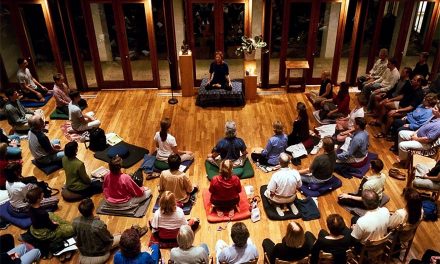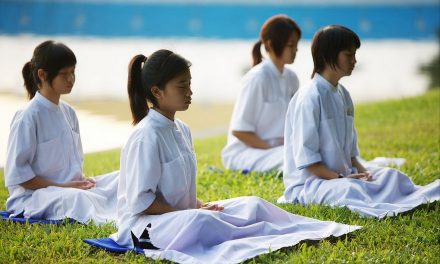Meditation is widely known as a form of mental exercise that calms the mind and can have a variety of benefits. One of these benefits is the reduction of stress and depression, as found in a study conducted on PTSD patients. However, it has also been shown to benefit the elderly.
One study aimed at seniors attempted to evaluate the impact of mindfulness-based stress reduction (MBSR) training, which is a program similar to meditation, on the mood states in older adults. Following an eight-week MBSR training program, the participants’ depression and other mood measurements were found to have improved significantly.
[wp_ad_camp_1]
If people who have gone through traumatic experiences, or simply suffer from depressive moods, can benefit from meditation, then think what meditation could do for the average Joe. Think of what it could do for your own well-being. This Eastern tradition has been known to bring a sense of tranquility to all who take the time to practice it. Additionally, meditation does not take much effort or time. Some say you can find clarity of mind and insight after performing simple breathing exercises for five minutes. Even in today’s busy world, everyone has five minutes to spare for meditation, and this simple how-to article will walk you through it.
Breathing Exercises:
1. Find a comfortable place to sit where you will not be interrupted or aggravated by external stimuli (chatter, passersby, loud sounds, weather, etc.).
2. Take a deep breath. Take one long deep breath to clear your mind.
3. Now, close your eyes and focus on your thoughts.
4. Do not hold onto your thoughts. Allow them to slip by unnoticed, with as little detail as possible.
5. Now, the breathing exercises begin. Take a deep breath, inhaling for a count of five or more seconds, as long as you are comfortable.
6. Hold your breath for the same amount of time that you inhaled, or at least, attempt to do so. If you cannot hold it for the same amount of time, or if you feel uncomfortable, go onto the next step and consider inhaling for a shorter amount of time on your next breath.
7. Exhale for the same amount of seconds that you used for your inhale and holding your breath.
8. Wait for five or more seconds, or the number of seconds you have set for yourself.
9. Repeat steps 5-7 10 times or more (if comfortable).
10. Take another deep breath, inhaling for as long as you can, without causing discomfort. Then, let it out.
Above is an example of a simple breathing exercise that can be used as a foundation for laymen’s meditation. It is not fancy, it requires no solid technique, and it can be done in as little as five minutes. If you wish to further your “bliss,” find yourself a mantra or chant that can be verbalized while breathing. Keep in mind, giving the mind a single point of concentration is sometimes easier than blanking it out.
Whenever you need some “me time,” find a place to sit down, perform the above breathing exercises, and find your moment of clarity, no matter the odds or obstacles you are facing.
Source: guardianlv.com









Awareness of Yoga at young age is necessary for the continuence In the later years for which children should be taught in the primary school itself.